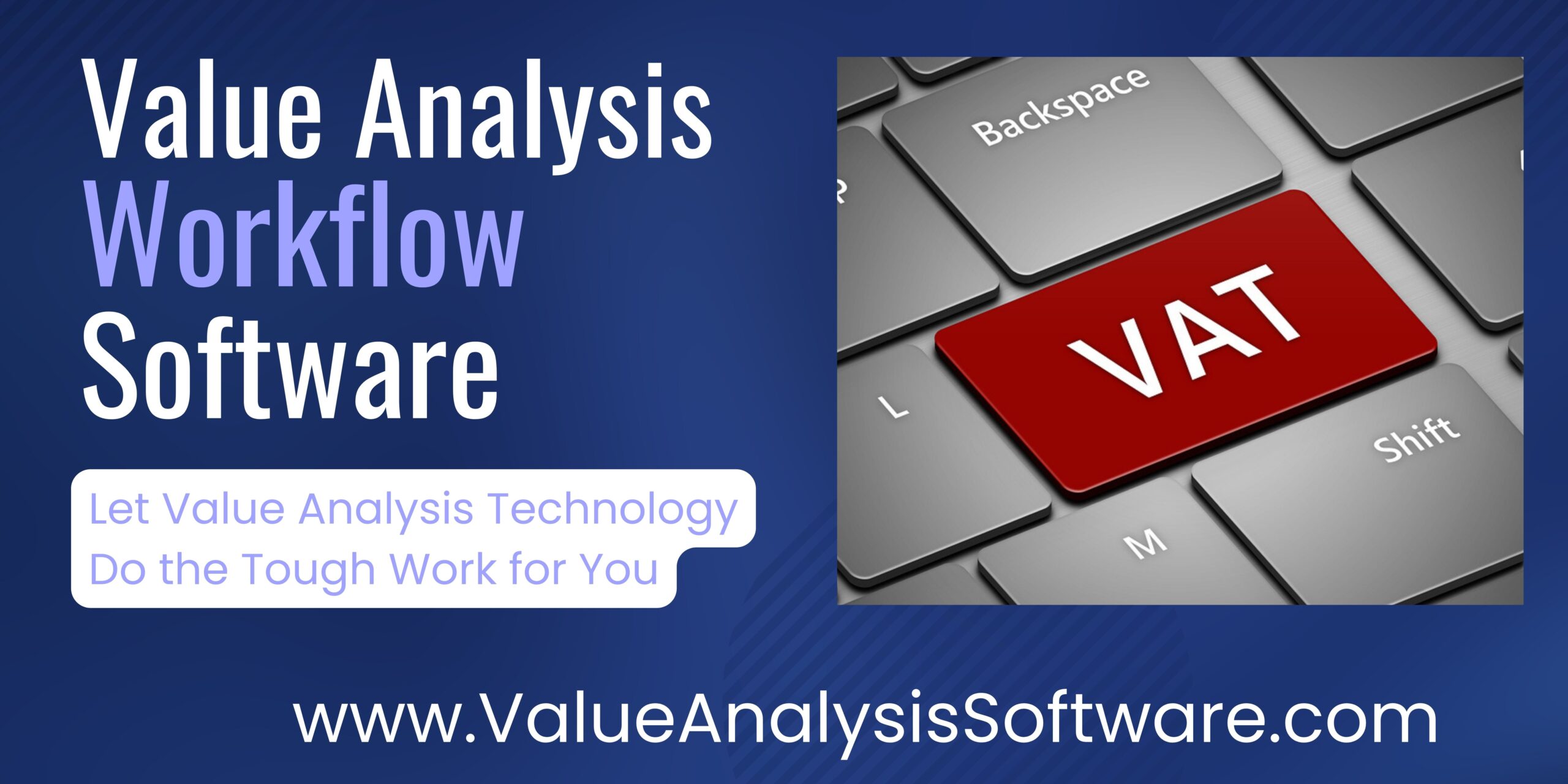“In an era marked by rising healthcare costs and ever-increasing patient demands, value analysis helps organizations focus on interventions that offer the highest return on investment—not only financially, but also in terms of patient safety and quality of care.”
In today’s dynamic healthcare landscape, the pursuit of improved clinical and operational outcomes has become paramount. The increasing complexity of healthcare demands that organizations continually refine their approaches to delivering care. A strategic method that is gaining prominence is healthcare value analysis—a process that evaluates the balance between cost, quality, and outcomes to ensure that every healthcare dollar is spent wisely. Central to this approach is the need for rapid competency development among staff, the establishment of highly reliable processes, and the integration of innovative healthcare products and services.
The Essence of Healthcare Value Analysis
Healthcare value analysis is a systematic evaluation of clinical products, services, and processes to determine their overall value relative to their cost. This method is not merely about cost-cutting; it’s about maximizing value. It involves critical decision-making processes to determine which products and services will drive better patient outcomes, streamline operations, and reduce waste. In an era marked by rising healthcare costs and ever-increasing patient demands, value analysis helps organizations focus on interventions that offer the highest return on investment—not only financially, but also in terms of patient safety and quality of care.
Speed to Competency: Empowering People for Better Outcomes
One of the key elements of healthcare value analysis is the speed at which healthcare professionals are brought up to speed with new competencies. Rapid changes in medical technology, treatment protocols, and regulatory requirements necessitate that healthcare workers continuously upgrade their skills.
Accelerating competency is critical for several reasons:
- Enhanced Patient Care: When healthcare professionals quickly acquire new skills, patient care becomes more efficient and effective. For example, training in new surgical techniques or updated diagnostic procedures directly contributes to better outcomes.
- Operational Efficiency: A workforce that is agile and adaptable is more capable of managing complex workflows and integrating new technologies. This leads to more streamlined operations, reducing delays and errors that can adversely affect patient outcomes.
- Staff Satisfaction and Retention: Investing in rapid competency development also boosts morale. Staff feel valued when their professional development is prioritized, leading to lower turnover rates and a more experienced, knowledgeable workforce.
Modern educational tools, simulation-based training, and just-in-time learning modules have emerged as effective methods to shorten the learning curve. These approaches allow healthcare professionals to quickly grasp and implement new practices, ensuring that the delivery of care remains at the cutting edge.
Building Highly Reliable Processes
Process reliability is the backbone of quality healthcare delivery. In the context of value analysis, building highly reliable processes means standardizing procedures, minimizing variability, and continuously monitoring performance to ensure consistency. The following strategies are essential:
- Standardization of Protocols: By developing and enforcing standardized protocols, healthcare organizations can reduce errors and inefficiencies. This includes standardized clinical pathways, checklists, and evidence-based guidelines that ensure every patient receives care based on best practices.
- Continuous Quality Improvement: Establishing a culture of continuous quality improvement involves regular audits, feedback loops, and the use of data analytics to identify and address process deficiencies. This iterative approach ensures that processes remain robust even as new challenges arise.
- Leveraging Technology: Innovative technologies such as electronic health records (EHRs), computerized physician order entry (CPOE), and predictive analytics are instrumental in creating reliable processes. These technologies help in tracking performance, identifying trends, and preemptively addressing issues before they escalate.
- Engaging Frontline Staff: The insights of frontline healthcare workers are invaluable. By involving them in process improvement initiatives, organizations not only benefit from practical insights but also foster a culture of accountability and continuous learning.
Highly reliable processes reduce variability in care delivery, leading to fewer adverse events, improved patient safety, and enhanced operational efficiency. As healthcare organizations invest in these processes, they create a resilient system capable of adapting to changes and sustaining improvements over time.
The Role of Innovative Healthcare Products and Services
Innovation in healthcare is more than just a buzzword; it is a critical driver of improved clinical and operational outcomes. Innovative products and services can transform traditional healthcare models by introducing more efficient, effective, and patient-centered solutions. Consider the following areas where innovation is making a significant impact:
- Digital Health Solutions: Telemedicine, mobile health applications, and remote monitoring devices have revolutionized patient care. These technologies not only extend the reach of healthcare services but also enable real-time monitoring and management of chronic conditions, reducing hospital readmissions and improving overall health outcomes.
- Advanced Medical Devices: Innovations in medical devices—from minimally invasive surgical instruments to state-of-the-art imaging systems—have enhanced the precision and safety of various procedures. These advancements lead to shorter recovery times, reduced complications, and higher patient satisfaction.
- Data Analytics and Artificial Intelligence (AI): Leveraging big data and AI allows for predictive analytics that can foresee patient deterioration, optimize resource allocation, and personalize treatment plans. These technologies support proactive rather than reactive care, ultimately saving lives and reducing costs.
- Value-Based Care Models: Innovative service delivery models, such as value-based care, shift the focus from volume to value. By aligning financial incentives with patient outcomes, these models encourage healthcare providers to focus on quality over quantity, leading to improved patient care and cost efficiencies.
- Interoperability and Integration: Integrating various digital platforms and ensuring that healthcare systems can communicate seamlessly enhances care coordination. This interoperability is essential for timely decision-making and holistic patient management, as data from different sources can be synthesized to create a comprehensive view of a patient’s health.
Integrating Value Analysis Into Organizational Strategy
To truly capitalize on the benefits of healthcare value analysis, organizations must embed it into their strategic framework. This integration involves:
- Leadership Commitment: Senior leadership must champion the value analysis program, allocating necessary resources and fostering a culture of continuous improvement.
- Cross-Functional Collaboration: Effective value analysis requires collaboration among clinicians, administrators, IT specialists, other stakeholders, and supply chain experts. This multidisciplinary approach ensures that all aspects of patient care and operational efficiency are considered.
- Performance Metrics: Establishing clear metrics to assess both clinical and operational outcomes is essential. Data-driven decision-making enables organizations to measure the impact of their initiatives and adjust strategies as needed.
- Continuous Innovation: Organizations must remain open to adopting new technologies and practices. A commitment to innovation ensures that the processes remain current and are continuously improved upon.
Healthcare value analysis represents a transformative approach in the ongoing quest for improved patient outcomes and operational efficiency. By accelerating competency among healthcare professionals, establishing highly reliable processes, and leveraging innovative products and services, organizations can create a robust framework for delivering high-quality, cost-effective care. As the healthcare environment continues to evolve, embracing these strategies is not only beneficial but essential. The future of healthcare lies in the seamless integration of value analysis into every facet of service delivery, ensuring that care remains patient-centered, efficient, and sustainable for generations to come.
Article By:
J. Hudson Garrett Jr., Ph.D., MSN, MPH, MBA, FNP-BC, IP-BC, PLNC, VA-BC, BC-MSLcert™, MSL-BC, CPHRM, LTC-CIP, CPPS, CAE, CPHQ, CVAHPTM, CMRP, CPXP, CDIPC, FACDONA, FAAPM, eFACHDM, FNAP, FACHE, FAPIC, FSHEA, FIDSA, FAHVAP
Dr. Garrett is the Executive Director and Executive Vice President for the Association of Healthcare Value Analysis Professionals (AHVAP) and an Adjunct Assistant Professor of Medicine in the Division of Infectious Diseases at the University of Louisville School of Medicine.
Karen Niven, MS, BSN, RN, CVAHPTM, FACHDM, FAHVAP
Karen is the Senior Director of Clinical Value Analysis at Premier, Inc and serves as the President of the Board of Directors for the Association of Healthcare Value Analysis Professionals (AHVAP).
For more information or to join the Association of Healthcare Value Analysis Professionals (AHVAP), visit www.ahvap.org.
Articles you may like:





